Photosynthesis Unplugged: Unlocking the Secrets of Nature’s Powerhouse
Introduction
In humans’ relentless quest for energy, we’ve relied on fossil fuels, nuclear power, and renewable sources. However, beneath our feet, in every blade of grass, and in the leaves of towering trees, nature has been harnessing the power of the sun for billions of years through a process known as photosynthesis. This remarkable process not only sustains life on Earth but is a blueprint for our future energy strategies. Join us as we delve deep into the world of photosynthesis, uncovering its complexities and shining a light on the lessons we can learn from this natural powerhouse.
1. The Basics of Photosynthesis
1.1 What is Photosynthesis?
Photosynthesis is the biochemical process through which green plants, algae, and certain bacteria convert light energy, usually from the sun, into chemical energy stored in glucose. The equation of photosynthesis can be summarized as:
[6 \, CO_2 + 6 \, H_2O + \text{light energy} \rightarrow C6H{12}O_6 + 6 \, O_2
]
In simpler terms, carbon dioxide and water, in the presence of sunlight and chlorophyll, produce glucose and oxygen.
1.2 The Role of Chlorophyll
Chlorophyll is the green pigment located in the chloroplasts of plant cells. It plays a crucial role in absorbing light, primarily from the blue and red wavelengths, while reflecting green light, which is why plants appear green. The absorbed light energy excites electrons, initiating the process of converting that energy into chemical forms.
1.3 The Two Stages of Photosynthesis
Photosynthesis occurs in two main stages: the light-dependent reactions and the light-independent reactions (Calvin cycle).
-
Light-Dependent Reactions: These reactions require light and occur in the thylakoid membranes of chloroplasts. They capture sunlight and convert it into ATP and NADPH, releasing oxygen as a byproduct.
-
Calvin Cycle (Light-Independent Reactions): This stage does not require light directly and occurs in the stroma of chloroplasts. It utilizes the ATP and NADPH produced in the light-dependent reactions to fix carbon dioxide into glucose.
2. The Importance of Photosynthesis
2.1 Life on Earth
Photosynthesis is foundational to life on Earth. It is the primary source of organic matter for nearly all organisms, making it essential for food chains. Without photosynthesis, herbivores would have no food source, subsequently affecting carnivores and ultimately humans.
2.2 Oxygen Production
One of the crucial byproducts of photosynthesis is oxygen. In fact, it is estimated that around 50% of the oxygen we breathe is produced by photosynthetic organisms in the oceans, such as phytoplankton.
2.3 Climate Regulation
Photosynthesis plays a vital role in carbon cycling and helps mitigate climate change by absorbing carbon dioxide, a greenhouse gas responsible for global warming. It not only provides energy for plants but also helps in regulating atmospheric CO2 levels.
3. Photosynthesis in Different Organisms
3.1 Plants
Most plants perform photosynthesis using green chlorophyll. They thrive in sunlight, capturing its energy to convert carbon dioxide and water into glucose.
3.2 Algae
Algae are a diverse group of photosynthetic organisms that can be found in both freshwater and marine environments. Like land plants, they contain chlorophyll and perform photosynthesis, contributing significantly to oxygen production in aquatic ecosystems.
3.3 Bacteria
Certain bacteria, known as cyanobacteria, also possess chlorophyll-like pigments and can perform photosynthesis. These microorganisms were crucial in transforming the Earth’s atmosphere billions of years ago by producing oxygen.
4. Innovations Inspired by Photosynthesis
4.1 Artificial Photosynthesis
Scientists are researching ways to mimic photosynthesis to create sustainable energy solutions. Artificial photosynthesis aims to convert solar energy into chemical fuels, potentially replacing fossil fuels.
4.2 Biofuels
Biofuels derived from photosynthetic organisms, such as algae and corn, represent renewable energy sources that can lessen our dependence on fossil fuels. Research into improving the efficiency of biofuel production continues to grow.
4.3 Sustainable Agriculture
Understanding photosynthesis can help us develop sustainable agricultural practices. Enhancing photosynthetic efficiency can lead to higher crop yields with fewer resources, addressing food security challenges.
5. Challenges and Future of Photosynthesis Research
5.1 Climate Change
Climate change poses a significant threat to the processes of photosynthesis. Rising temperatures, changing precipitation patterns, and increased CO2 concentrations can disrupt plant growth and function.
5.2 Deforestation
Deforestation reduces the number of trees that perform photosynthesis, leading to increased CO2 levels and reduced oxygen production. Sustainable practices are vital for maintaining these natural powerhouses.
5.3 Genetic Engineering
Advancements in genetic engineering present both opportunities and challenges. Modifying plants to enhance photosynthesis could improve crop yields and resilience, but ethical considerations and environmental impacts need to be carefully evaluated.
6. Conclusion
Photosynthesis is nature’s remarkable energy generator, sustaining ecosystems and providing the foundation for life on Earth. Understanding this process deepens our appreciation for the complex interconnections that sustain our planet and highlights the pressing need for sustainable energy practices inspired by nature. As we explore new technologies and innovations, the wisdom of photosynthesis could guide us towards a sustainable future, illuminating the path forward.
The lessons from photosynthesis remind us of the incredible adaptability and resilience of nature. By embracing these insights, we can create a sustainable world that honors the delicate balance of our ecosystem.
This article can serve as a starting point for further exploration into the mysteries of photosynthesis. The secrets it holds might just be the key to unlocking a sustainable future, driven by the power of the sun and the ingenuity of humankind.
References:
- [mfn 1]
- [mfn 2]
- [mfn 3]
- [mfn 4]
- [mfn 5]
- [mfn 6]
- [mfn 7]















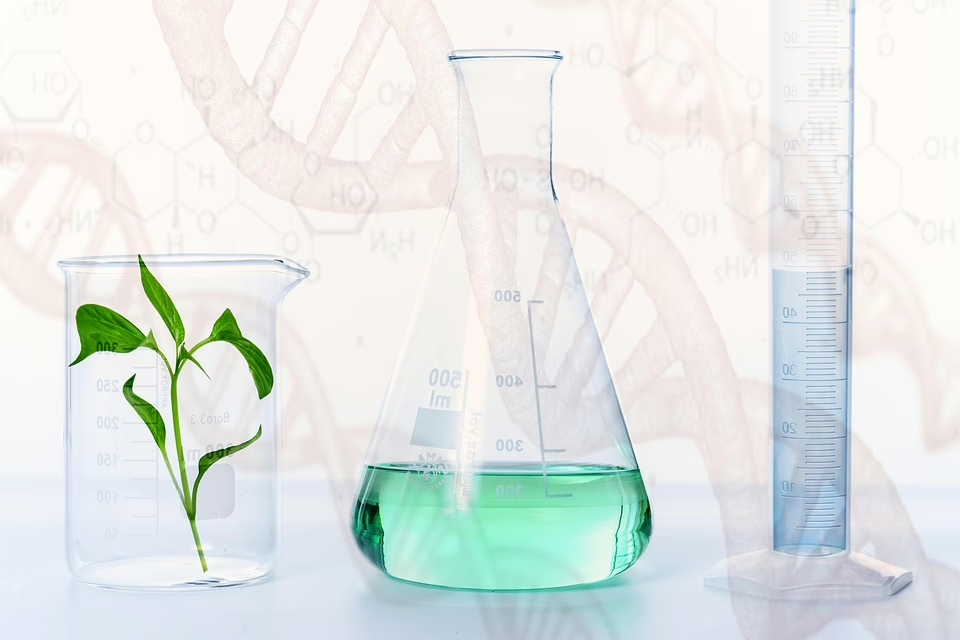
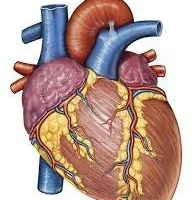
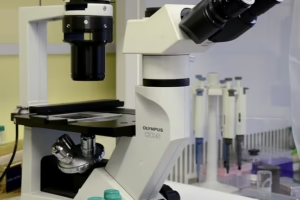

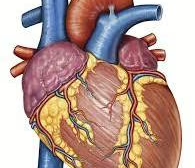
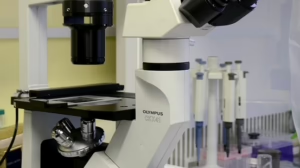





Add Comment